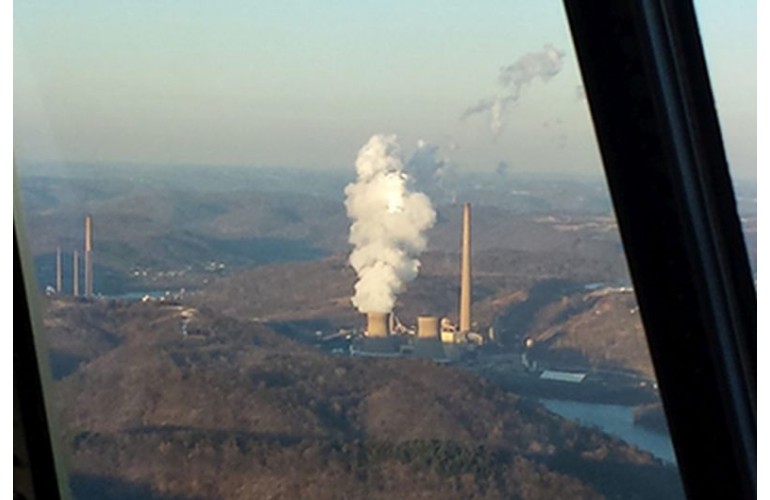 Subscribe
Subscribe- Login
-
/
Sign Up
- US Black Engineer
- >>
- Articles
- >>
- N.C. A&T Researchers investigate winter pollution
|
Getting your Trinity Audio player ready...
|
The 2015 Wintertime Investigation of Transport, Emissions, and Reactivity (WINTER) project has come up with new findings on how emissions from power plants and cars form hazardous particulates throughout the eastern United States.
While several studies of summer air quality have led to tighter emission standards and reductions in pollution, the new research on winter air shows why pollution levels remain somewhat stagnant.
The study was funded by the National Science Foundation (NSF) with support from the National Oceanic and Atmospheric Administration’s (NOAA) Earth System Research Laboratory.
 The atmospheric physics and chemistry research group, which includes researchers from North Carolina Agricultural and Technical State University, University of Washington, Georgia Institute of Technology, University of Colorado Boulder, and Colorado State University, spent six weeks in a C-130 aircraft operated by the NSF and the National Center for Atmospheric Research.
The atmospheric physics and chemistry research group, which includes researchers from North Carolina Agricultural and Technical State University, University of Washington, Georgia Institute of Technology, University of Colorado Boulder, and Colorado State University, spent six weeks in a C-130 aircraft operated by the NSF and the National Center for Atmospheric Research.
In an article co-authored by North Carolina A&T State‘s Professor Solomon Bililign, colleague Marc N. Fiddler and doctoral student Jaime Green, the researchers show why more aggressive emission standards could be necessary for winter.
“Studies have looked at emissions and particulate matter in summer, but there was relatively little research on what they look like in the winter,” said Bililign, who led the N.C. A&T group focused on measuring sulfur dioxide emissions produced in the generation of electricity at power plants in the eastern United States.
The lead author of the article is Viral Shah from the University of Washington (UW). According to UW’s Shah, sulfur dioxide from power plants and nitrogen oxides from both power plants and cars form hazardous sulfate and nitrate particulates. The multiphase path becomes more important in winter, resulting in a weaker response of sulfate and nitrate to emissions reductions.
“The longer the lifetime, the longer it hangs around in the air, and the farther it can travel downwind,” Fiddler said. “If it doesn’t encounter any clouds, it can last up to a month and travel as far as Europe.”
Other co-authors represent University of Colorado, Colorado State University, Georgia Institute of Technology, National Center for Atmospheric Research, and NOAA Earth Systems Research Lab.
The researchers hope their findings will help with larger emission reductions, especially during winter, to improve air quality in the eastern U.S. and around the globe.
Photo Credits: Lyatt Jaeglé/University of Washington, National Science Foundation, Joel Thornton/University of Washington


